Ways to be an Eco-Friendly Trekker
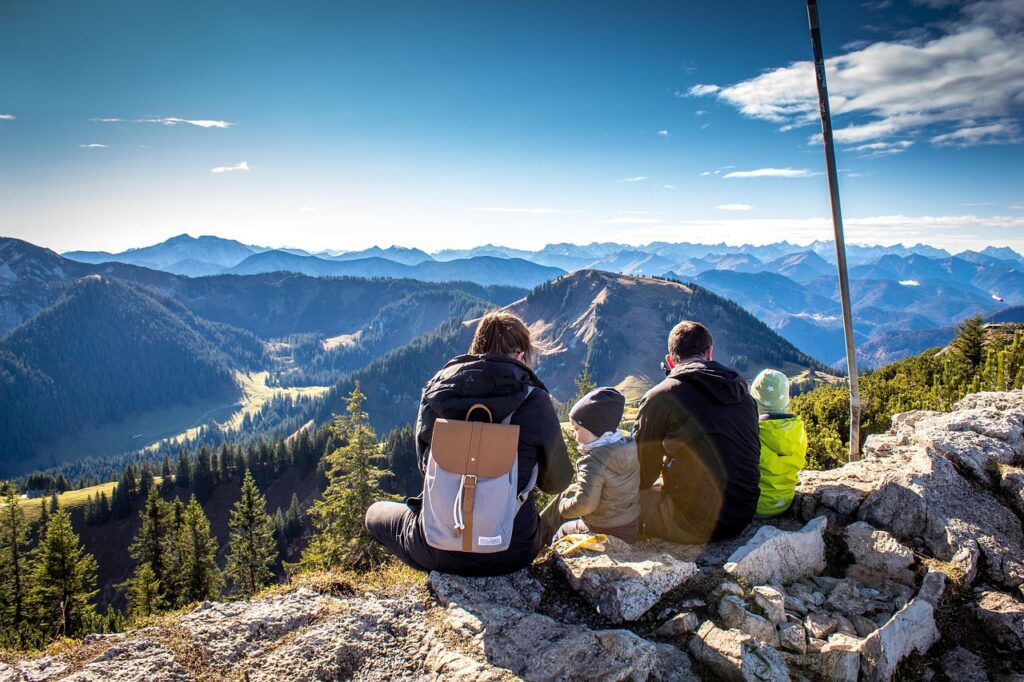
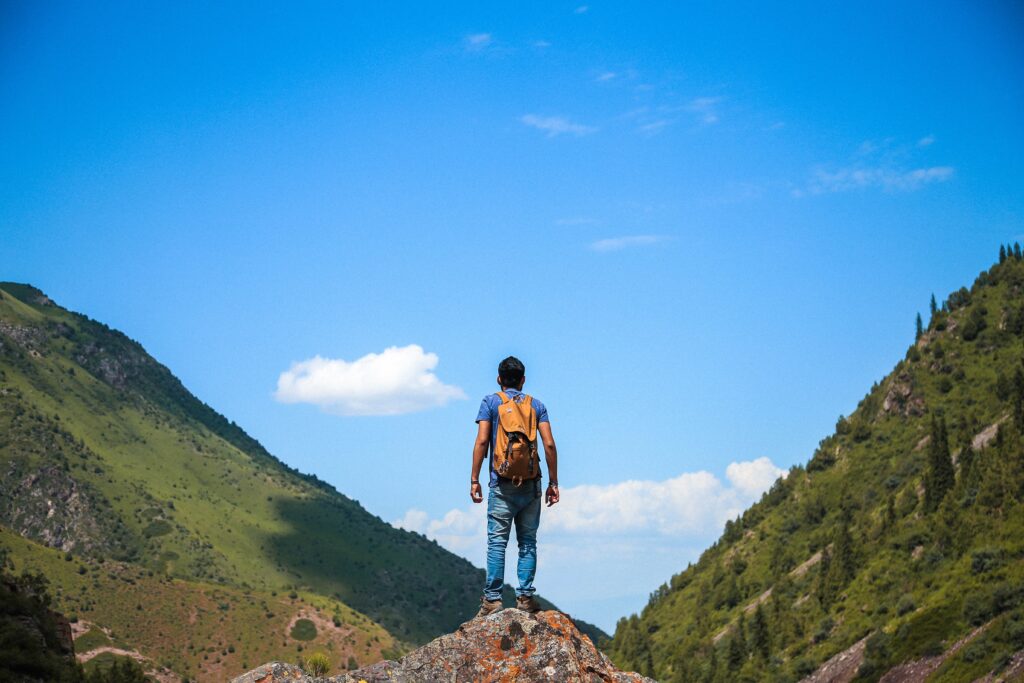
Take a moment to close your eyes and inhale the fresh air, feeling it flow through your hair. Picture the lush green grass, the beautiful blue sky, and the crystal-clear water streams, accompanied by the cheerful chirping of birds. This is the idyllic image we often imagine when we think of our first trek. However, the reality can be very different, with heaps of garbage, plastic-blocked water streams, and the jarring sound of speakers disrupting the serenity of Mother Nature.
Going hiking is an amazing adventure that gives you a sense of control over your surroundings, a greater appreciation for the world around you, and the chance to explore new vistas. As responsible hikers, we need to be aware of the impact we can have on the ecosystem and take steps to minimize it. By following sustainable hiking advice and planning strategies, we can preserve the environment and ensure that future hikers can enjoy it as much as we did. Adopting a greener approach to hiking can save time and money while also helping to protect the environment for generations to come.
Plan your trekking
Mindfully choose your trek
Planning your route is crucial for environmental hiking and is all a part of the fun of trekking. Even though some routes could receive a lot of attention on social media, you should think twice if you think they are being overrun by tourists. Consider options where there won’t be as much traffic but stay on established paths. This will prevent you from entering privately owned property and safeguard regional environments. Opting for a different hiking location or a trail with less traffic ensures you enjoy the solitude and don’t add to the strain that a crowded region experiences.
Pay special attention to the time of your trekking
When deciding when to hike,take everything into account. Is there a season of the year that is especially significant for wildlife? A key location for certain native vegetation? Selecting the wrong time frame for hiking can be dangerous to nature and more often to yourself. Active wildlife and monsoon landslides are just a few of the things that can go wrong if we are not mindful of our travel plans. Even while witnessing some natural phenomena firsthand might be thrilling, it’s often wiser to leave things as they are and let nature take its course.
Eco-friendly food choices
Consider the food you bring on the route when hiking. Try to choose local goods that aren’t heavily plastic-wrapped and don’t travel great distances by plane. You may also consider preparing your own snacks. Making your own snacks allows you to avoid all the needless packaging and eliminates the hassle of dealing with excess garbage. It can be challenging to eliminate all garbage while hiking, so bring some bin bags with you as well. Biodegradable bags work best. locally picked or prepared foods are fresh with fewer preservatives and are often packed with nutritional values. This not only preserves nature but also promotes local business contributing to the local economy,
Carry your own water bottle
It’s crucial to have adequate water when hiking, but using a reusable bottle is equally essential. The major contributor to the destruction of our seas, marine life, and landfills is caused by the consumption of plastic bottles.
Pack eco-friendly sunscreen
A lot of sun creams and insect repellants contain nasty chemicals that can cause havoc to the natural world. You might want to treat yourself to a plunge to cool yourself if you’re trekking around a body of water. While this is OK, you should still take into account the sunscreen you’re applying because its ingredients can be damaging to fish and the marine environment as well. By purchasing sun-protective clothes, you may limit your need for sunscreen even more and just worry about the skin that is entirely exposed.
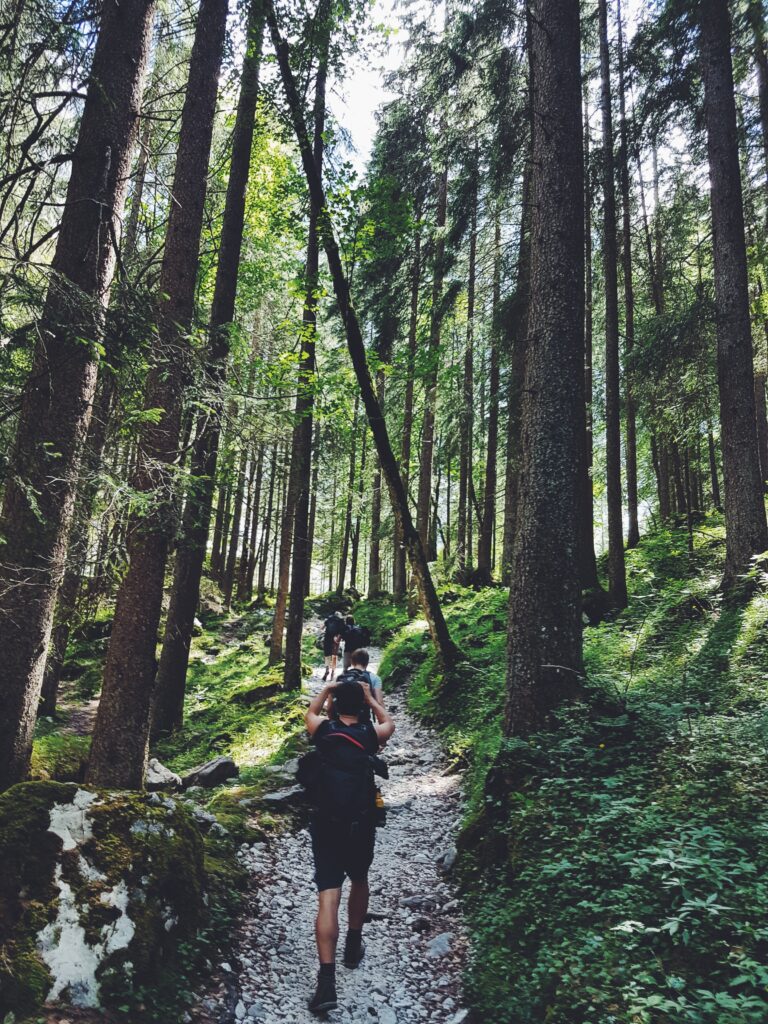
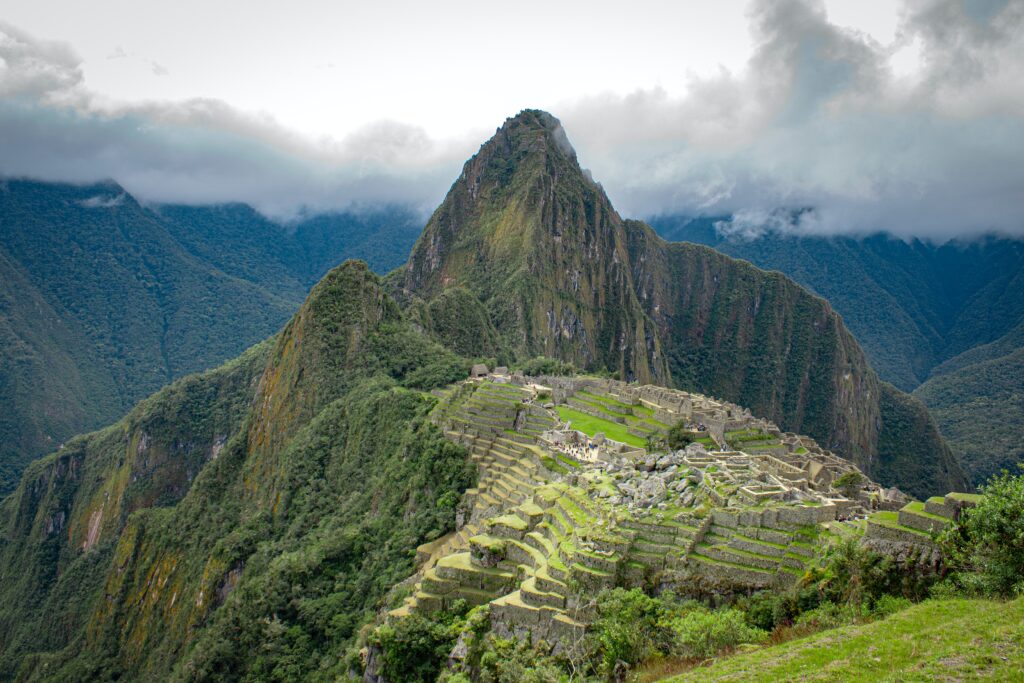
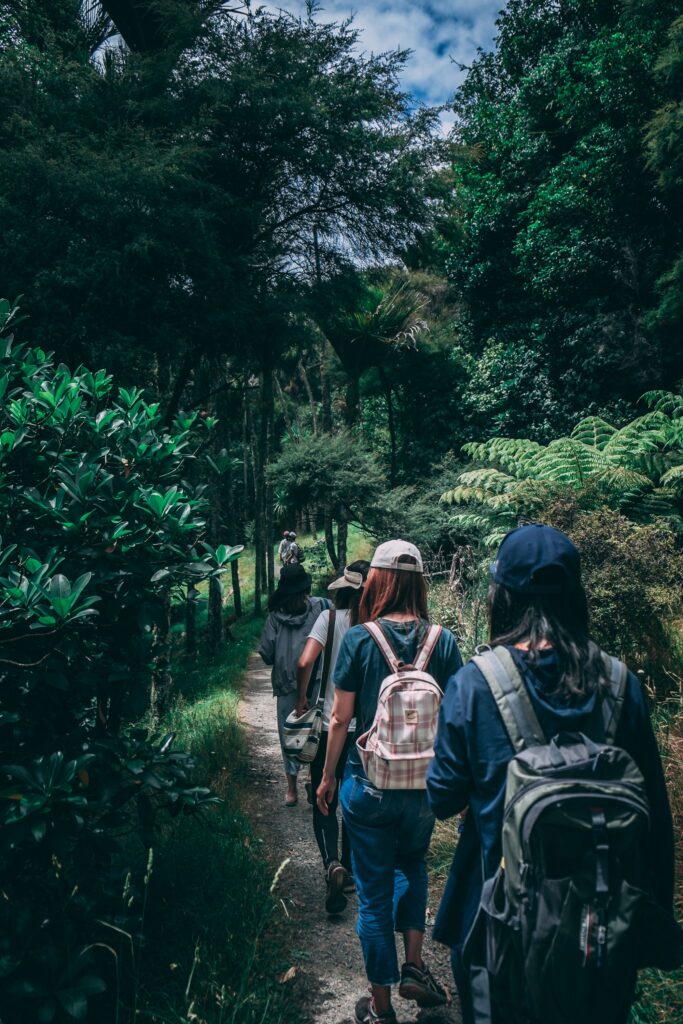
Be Respectful
Respecting the environment is probably one of the finest ways to walk sustainably. Animal behavior and habitats can change as a result of human activities. Some animals can find it fascinating to have people in their natural environment but always Keep your distance from any animals you come across while hiking and observe them from a distance. Likewise, you should leave objects like rocks and plants alone. Even though taking one rock or one flower may not seem like much, if everyone on a route does it, it may add up quickly.
Keep the lovely flora of Earth where it belongs so it can flourish in its natural environment. Other hikers can take advantage of the flora if you leave them alone. Being environmentally conscious is the best way to hike sustainably. Take a photo if you want to remember the time you stumbled upon wildlife or a lovely flower or rock. The best method to make a memento of your journey without tampering with nature is to collect photos from your travels. To keep a record of all your experiences, you can even create a portfolio or write a journal.
Follow hiking etiquettes!
It’s crucial to stay on the trails for a variety of reasons. The degradation of habitat is the most significant. By sticking to the path, you can avoid potentially disturbing an animal’s habitat and eliminate smaller animals that we might not be able to see right away.
Preventing trail deterioration is another incentive to stay on the path. If enough people deviate from the track, a new path may form, confusing those who are unfamiliar with it.
Avoid plastic usage and leave no trace rule
Leaving no footprint on the track you’re traveling on is a large one, but it’s arguably the simplest and most straightforward to put into practice. The surrounding ecosystem suffers greatly when trash is left on hiking trails. Animals may mistake it for food, fill their stomachs with plastic, or suffer injuries after becoming caught in containers like cans or plastics. foreign substances in the eco-system like plastic can damage soil by discharging toxic chemicals. Additionally, these substances may enter neighboring water supplies and impact local fauna.
Even if they are biodegradable, items like apple cores, banana skins, and cigarette butts shouldn’t be left behind, no matter how small they are.
Opt for a tour operator
As we start to learn new things we need a mentor or a teacher to learn things from, Tour operators provide tour guides that can help you sail through your eco-friendly walk in heaven. These tour guides are well acquainted with the local flora and fauna and can then help you get the off-beat local experience that you could’ve otherwise missed out on. They can also keep you out of danger of the wild and help you get to know the local culture.
Avoid fire
Campfires sound tempting however they can cause a lot of damage to the ecosystem. However if one must enjoy a bonfire, they should do it by taking proper preventive measures and with the right expertise to put it out if the fire accelerates. The best place for a fire is on the route which is well-ventilated. One should also note that even one spark can burn the forest down if the fire is not started by making a proper boundary. A root fire that burns for months underground and decimates native trees and plants can also result from fires that are ignited without a bed of dirt and ash underneath.
Respect the Wildlife
As they are not accustomed to humans or being the center of attention, wild animals may become hostile if you approach them too closely. Try to observe them from a distance while making an effort not to disturb the surrounding ecosystem. And even if they may appear to be hungry, it’s preferable to avoid feeding animals because doing so makes them dependent on human contact and the food may also hurt them.
Protect the fauna
The majority of people take water for granted, however, we must safeguard streams, lakes, rivers, and oceans in order to maintain the sustainability of our waterways and the ecosystem’s balance. Avoid washing dishes in the water and avoid using soap to wash yourselves in the water stream. use self-made cat holes farther than 300 feet from water sources to relieve yourselves.
Choosing your Campsite
While backpacking use the well-used campsites, while choosing a spot make sure you pick a surface that can sustain itself, like flat rock or dirt that’s packed down firmly. putting down a camp in grassland can cause serious long-term damage including soil erosion. avoid cutting down trees or plucking out plants as well – instead, pick a spot that is naturally cleared. Another way of camping is choosing well-established camps that provide the same experience of camping without the hassle, and also ensure to keep away from the wild, so you can peacefully co-exist.
Do not Hurt Animals
One must avoid using horses or mules while tracking, such acts are direct examples of animal cruelty. instead, one must start small and pick a shorter track initially to train their body. this is the best way to experience the track as it not only respects our surroundings but gives us a sense of accomplishment and the view at the end of it is so much more beautiful when you work for it.
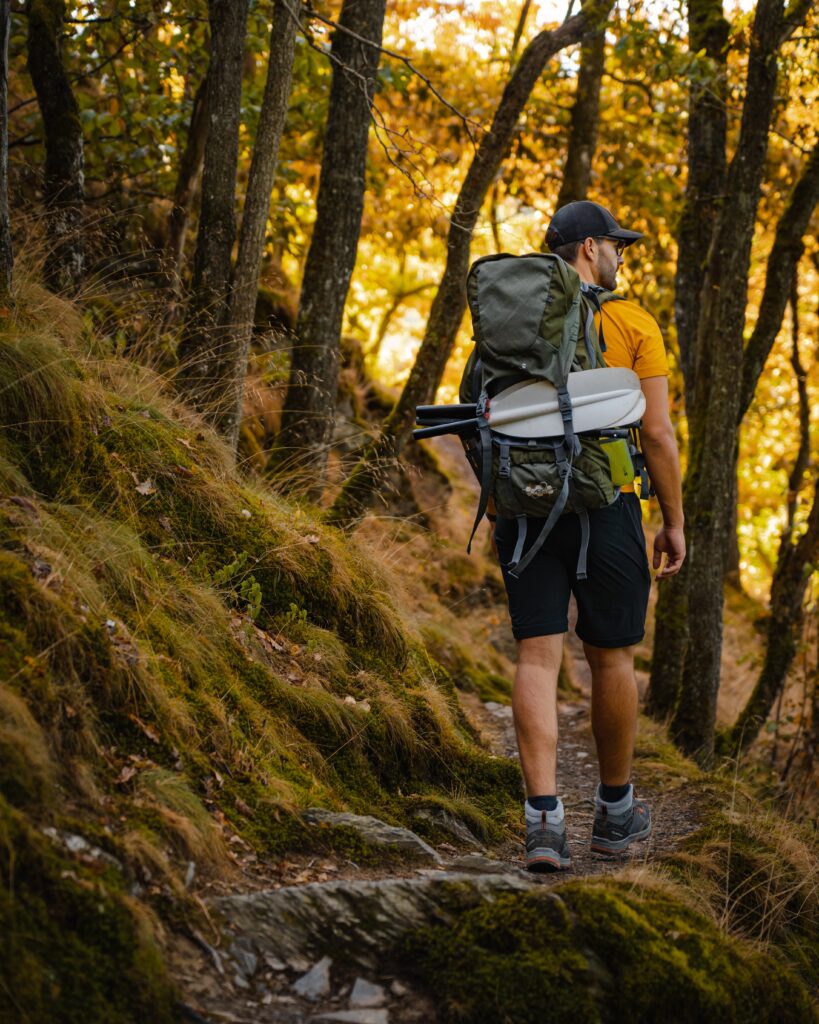
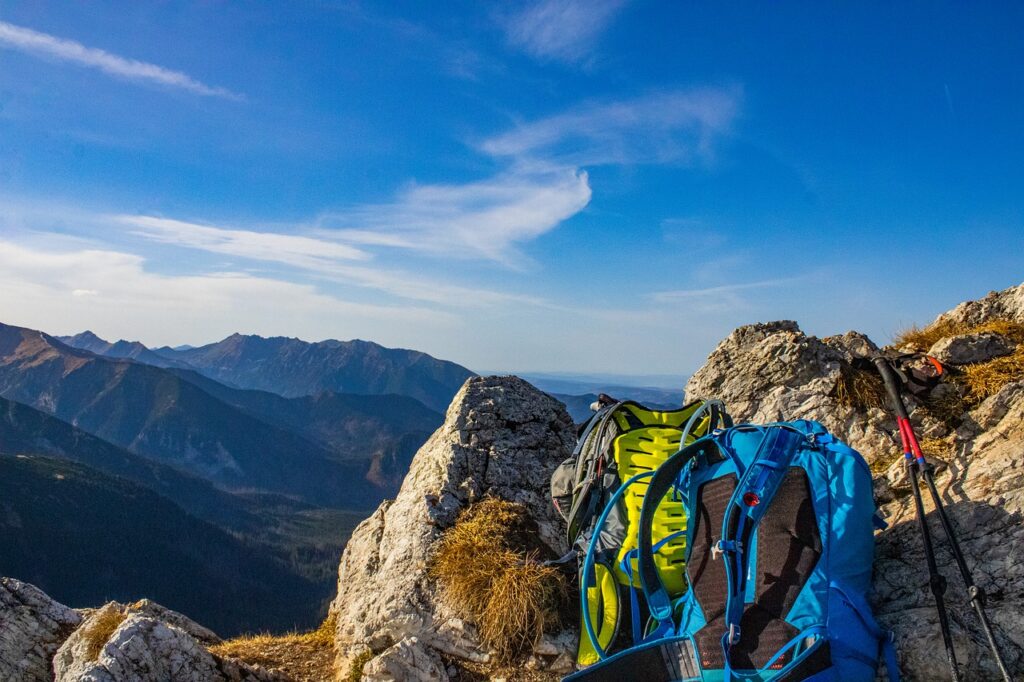
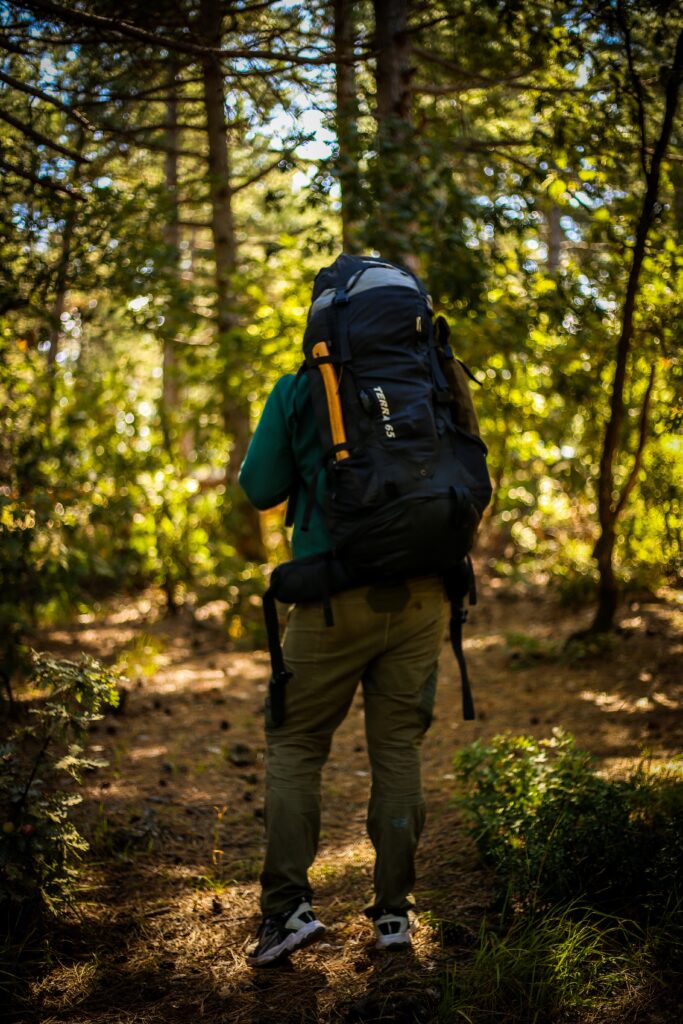
Conclusion
Environmentally conscious trekking represents more than just a passing trend, it stands as a responsible and sustainable approach to explore and admire our natural environment. This practice involves the adoption of methods that minimize our impact on the ecosystem, show respect for local cultures and communities, and ensure the preservation of these exquisite landscapes for future generations to relish. By adhering to eco-friendly trekking principles, including Leave No Trace guidelines, waste reduction, support for local economies, and the selection of environmentally aware tour operators, we actively contribute to the protection of delicate ecosystems and the cultural legacy of the regions we visit.
Eco-friendly trekking brings forth numerous advantages, not only for the environment but also for the trekkers themselves. It fosters a deeper connection with nature, an opportunity to engage with local cultures and an authentic travel experience. Furthermore, it plays a pivotal role in safeguarding biodiversity, diminishing carbon footprints, and promoting sustainable tourism, which is particularly crucial in the context of climate change and issues related to over-tourism.
In a world where the urgency of conservation and responsible tourism has never been more apparent, eco-friendly trekking serves as a guiding example of how we can savor the great outdoors while being gentle on our planet. It is a summons to all adventurers to make conscious decisions, prioritize sustainability, and actively contribute to the preservation of our natural wonders. In doing so, we can ensure that the enchantment of trekking and the magnificence of our planet persist for generations to come.

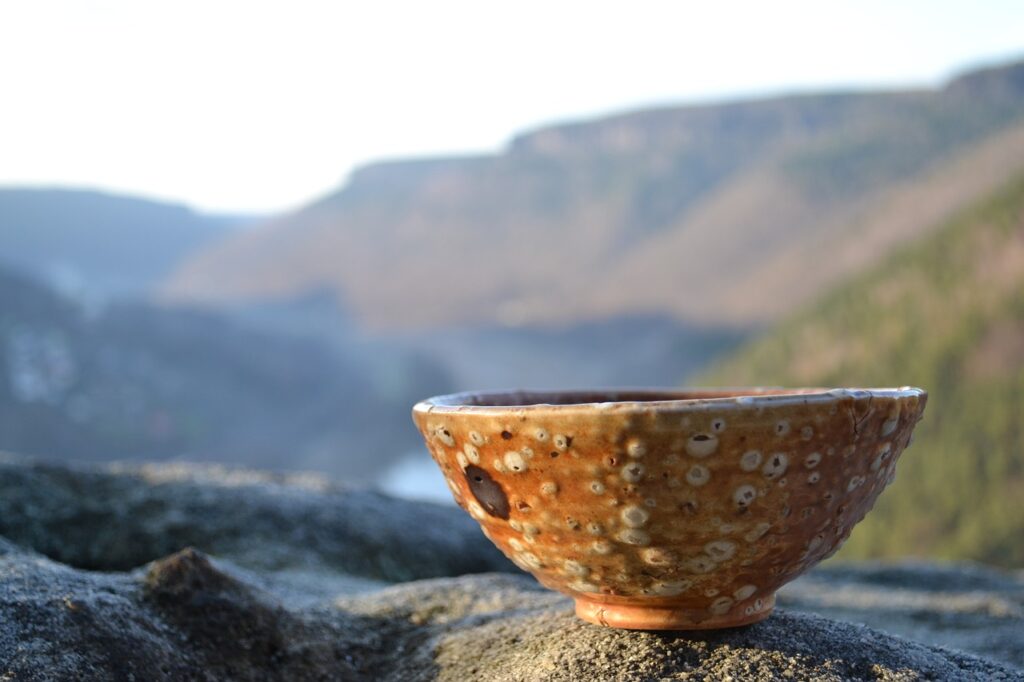
Frequently asked questions
Q1. What is Eco-Friendly Treking?
Eco-friendly trekking refers to a responsible and sustainable approach to hiking that aims to minimize the impact on the environment, local communities, and cultural heritage. It involves adopting practices that reduce waste, support local economies, respect wildlife, and promote the preservation of delicate ecosystems.
Q2. How can I choose an eco-friendly trekking route?
When choosing a trekking route, consider opting for less crowded trails to minimize strain on popular regions. Select routes that are well-established and avoid entering privately owned property. This helps preserve the environment and ensures a more serene experience.
Q3. What should I consider regarding the timing of my trek?
Be mindful of the timing of your trek. Consider wildlife seasons and native vegetation patterns. Avoid trekking during active wildlife periods or monsoon seasons, as it can be dangerous for both nature and yourself.
Q4. What are eco-friendly food choices for trekking?
Opt for local, minimally packaged foods and consider preparing your own snacks to reduce unnecessary packaging. Locally sourced foods promote local businesses and contribute to the local economy. Carry biodegradable bags for waste disposal.
Q5. How can I reduce plastic usage while trekking?
Carry a reusable water bottle to reduce plastic bottle consumption. Also, choose eco-friendly sunscreen and insect repellents to prevent harmful chemicals from entering the ecosystem.
Q6. Why is it important to follow Leave No Trace principles?
Following Leave No Trace principles ensures that you leave no footprint on the environment you’re trekking in. This practice helps protect wildlife from ingesting or getting trapped in trash, and prevents harmful substances from entering the ecosystem.
Q7. How can tour operators contribute to eco-friendly trekking?
Tour operators provide experienced guides who are knowledgeable about local flora, fauna, and culture. They can help you make eco-conscious choices during your trek and provide insights into off-beat local experiences.
Q8. Why should I avoid campfires during trekking?
Campfires can cause significant damage to the ecosystem. If you decide to have a fire, follow proper preventive measures and choose well-ventilated locations. Even a small spark can lead to destructive fires if not properly controlled.
Q9. How can I respect and protect wildlife while trekking?
Observe wild animals from a distance to avoid disturbing their natural behavior. Refrain from feeding them, as dependency on human food can be harmful. Protect local fauna by avoiding washing in water streams and relieving yourself at a distance from water sources.
Q10. Why is choosing the right campsite important for eco-friendly trekking?
Select campsites that are well-used and have a surface that can sustain camping, such as flat rocks or packed dirt. Avoid grasslands to prevent soil erosion. Additionally, opt for established camps that provide camping experiences without causing damage.
Q11. How can I be an eco-friendly trekker without harming animals?
Avoid using animals like horses or mules for trekking, as it can be considered animal cruelty. Choose shorter treks to engage with nature and achieve a sense of accomplishment without harming animals.
Q12. What are the benefits of eco-friendly trekking?
Eco-Friendly Trekkers fosters a deeper connection with nature, supports local communities, and helps preserve delicate ecosystems. It contributes to reducing carbon footprints, promoting sustainable tourism, and safeguarding biodiversity in the face of climate change and over-tourism. By practicing Eco-Friendly trekking, we ensure the protection of our planet’s beauty for future generations.

 Online | Privacy policy
Online | Privacy policy